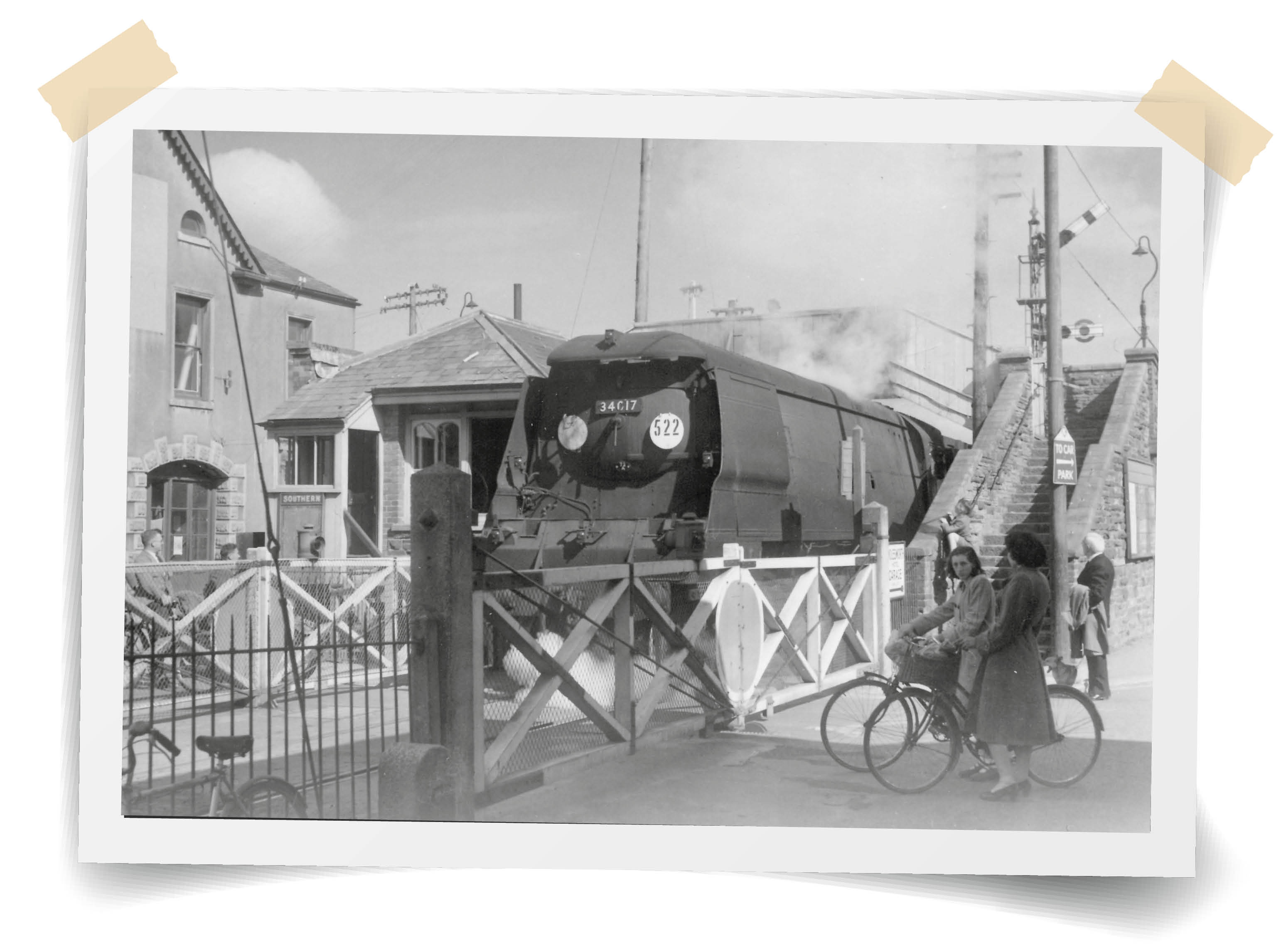The history of the Bodmin & Wadebridge Railway
Beating even London’s first steam railway at Greenwich by a full two years, the Bodmin & Wadebridge Railway - with its wonderful motto, 'Science, Prudence, Perseverance' - was conceived and its creation driven by the then-21-year-old Sir William Molesworth of Pencarrow, working with engineer Roger Hopkins.
Opinions differ as to its exact place in history alongside other small UK railways also being built and launched at the time, but it is generally thought to have been the fifth steam-operated railway to have begun operating in the UK. It was certainly the first in Cornwall! The first stretch of track began operating on July 4th, 1834, and the official launch took place on September 30th that same year - when Sir William was still just 24 years of age.
There are several richly detailed publications available that share more details about the railway's true place in history, and of course a great deal of wonderful archive photographs and items to discover in the local museums and visitor attractions that comprise our heritage trail.
We hope you enjoy your own journey of discovery, on the trail of this lovely piece of pioneering history!


Sir John Betjeman and his boyhood memories of "the most beautiful train journey I know"
When the railway line which followed the route of what is now the Camel Trail was still running, Poet Laureate Sir John Betjeman (1906-1984) famously described this train journey aboard the Atlantic Coast Express from Waterloo down to Padstow at the beginning of his boyhood summers. He called the final stretch along the Camel Estuary "the most beautiful train journey I know;" while at the end of the line, a different world awaited him: one of “oil-lit farms” and “golden unpeopled bays”, "the roar of full Atlantic rollers", Doom Bar shipwrecks, haunted woods, and miles of shining sand, all of which he explored while holidaying at the family's retreat in the village of Trebetherick just above Daymer Bay.
In Summoned By Bells Betjeman says:
"On Wadebridge Platform what a breath of sea
scented the Camel valley! Cornish air,
Soft Cornish rains, and silence after steam...."
Betjeman was a poet of nostalgia: his work takes us on a journey back to an earlier time, bringing it vividly to life; and the rugged North Cornish coast inspired some of Betjeman’s most celebrated and evocative works. He succeeded C. Day-Lewis as Poet Laureate in 1972, and with a lifelong love of Cornwall, and North Cornwall in particular, there are many beautiful evocations of the Cornish landscape to be found in his poetry including Cornish Cliffs, By the Ninth Green, St Enodoc, Tregardock and Old Friends.
He was also active in Cornish affairs, insisting that Cornwall was not part of England, and championing Cornish environmental concerns that anticipated today's focus on sustainability.
John Betjeman died on May 19th 1984 at his home in Trebetherick, and was buried in the nearby churchyard of St.Enodoc.
You can read the full text of Summoned By Bells here.
With thanks to Cornish Historian Barry West, who has worked with us on several strands of the FIRE & STEAM project
